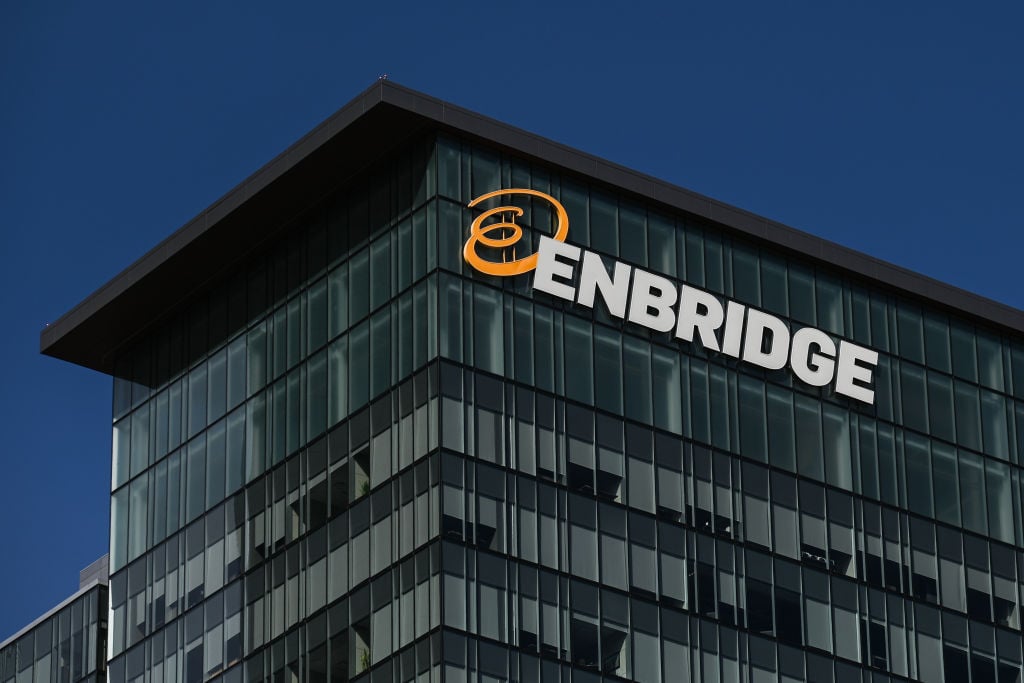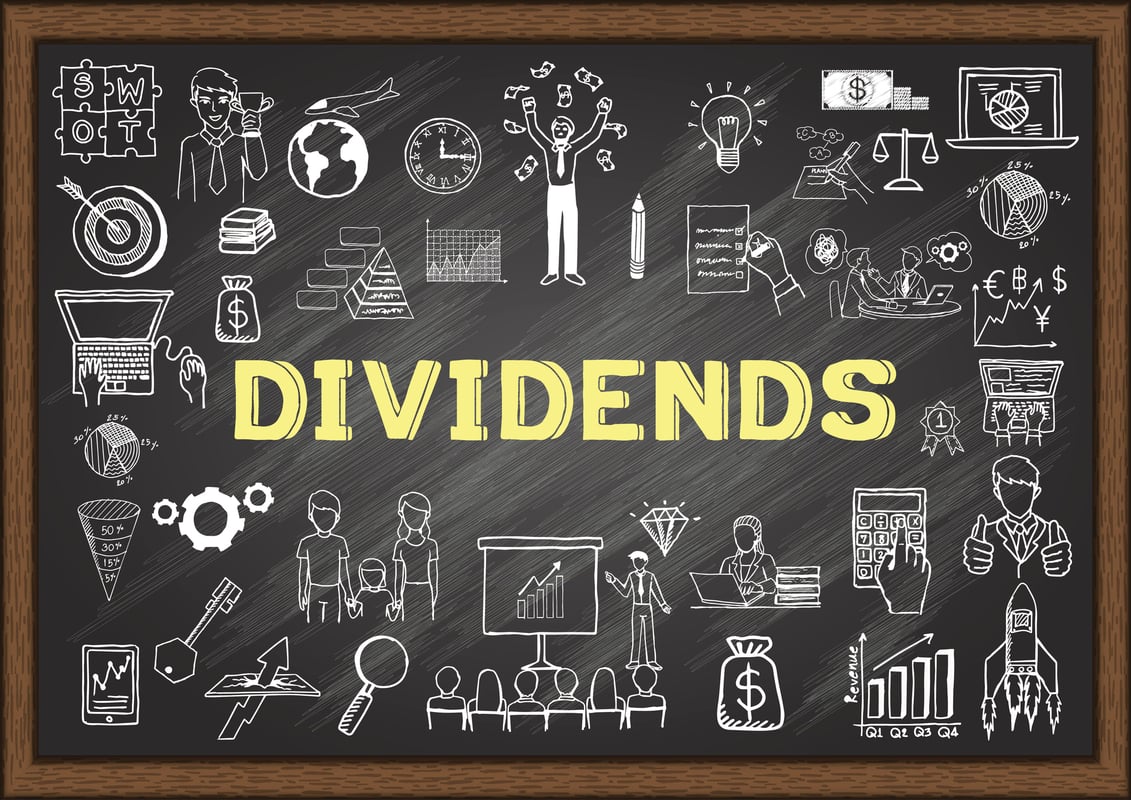The United States has a plethora of midstream names for investors to look at, but it isn't the only game in town. Canada has its own collection of midstream companies, some of which have compelling value propositions and attractive dividend yields. Kinder Morgan Canada Ltd (KMLGF +0.00%) (KML +0.00%) and Enbridge Inc. (ENB 0.23%), with yields of 4.5% and 6.1%, respectively, are two Canadian midstream players investors might find interesting today. But which is the better buy?
A clean slate
Kinder Morgan Canada was spun off from U.S. midstream giant Kinder Morgan, Inc. (KMI +0.57%) in 2017. It owned four main assets at the time, including the Edmonton Terminals, the Cochin Pipeline, the Vancouver Wharves Terminal, and the Trans Mountain Pipeline. The Trans Mountain Pipeline was expected to be the company's growth engine, with a multibillion-dollar expansion project lined up. However, that investment didn't pan out as planned because of local opposition. It was eventually sold to the Canadian central government for roughly $3.4 billion.
Check out the latest earnings call transcripts for Kinder Morgan and Enbridge.

Image source: Getty Images.
Following that transaction, which took place in late 2018, Kinder Morgan Canada paid a large, one-time dividend. The purpose of that dividend was to move cash from the Trans Mountain sale back to Kinder Morgan, Inc., which owns 70% of Kinder Morgan Canada. So today, Kinder Morgan Canada has three main assets and a very clean balance sheet. To put a number on that, it expects to end 2019 with net debt to adjusted EBITDA of just 1.3 times, an extremely modest figure for a midstream company. Distribution coverage, meanwhile, is projected to be a robust 1.4 times. Its growth plans for 2019 are notable, as well, with expansion projects expected to push EBITDA up in the low teens this year.
Beyond 2019, though, the company's outlook gets a little less clear. Trans Mountain was supposed to be the big multiyear growth driver. After the sale of that asset, Kinder Morgan Canada has to figure out its long-term future all over again. And with Kinder Morgan, Inc.'s massive stake in the firm, Kinder Morgan Canada's future isn't totally in its own control (the big dividend pushed through by Kinder Morgan, Inc. is proof of that). In fact, the key task over the next year will be for the Canadian midstream company to explain to investors what its long-term plans are -- once management gets a better handle on the future. In the end, Kinder Morgan Canada, with a $400 million market cap, is a well-financed company, but something of a blank sheet of paper at this point.
Moving forward with the plan
Giant Enbridge, with a $74 billion market cap, is different in some key ways. The company, one of the largest in the industry, controls a vast collection of midstream assets that are spread across Canada and the United States. And it has very clear investment plans, with roughly $10 billion in growth projects lined up for 2019 alone. It has another $2 billion in the works for 2020. It expects these investments to push distribution cash flow up 10% in 2019 and 2020, with dividends projected to rise by a similar amount each year.
After that point, Enbridge believes it can sustain distributable cash flow growth of between 5% and 7% a year, largely on a self-funded basis. In other words, it won't need to issue huge amounts of stock that would dilute current shareholders. Dividends should grow at 5% to 7% along with distributable cash flow. Ongoing investment in its portfolio is a key support for those projections. What's interesting here is that Enbridge has also been through something of a corporate makeover, buying a collection of publicly traded entities it controlled so that it is now a single company under one roof.
ENB Financial Debt to EBITDA (TTM) data by YCharts.
Similar to Kinder Morgan Canada, Enbridge is kind of starting fresh, too. There are notable differences here, though. For one, as noted above, Enbridge's long-term plans are fairly better defined. But rolling up its controlled companies wasn't cheap. Enbridge's share count doubled over the last three years, and debt to EBITDA is around 6.7 times -- at the high end of the midstream industry (though much improved from where it was not too long ago, helped along by non-core asset sales). However, that figure isn't particularly out of line with the company's long-term leverage trends.
The better buy?
At the end of the day, Enbridge should probably get the nod for most investors. While Kinder Morgan Canada is well financed and has plenty of options for growth, it doesn't yet have a long-term growth plan. Equally important, it isn't the master of its own future: Kinder Morgan, Inc.'s 70% ownership stake ensures that it is in control.
Enbridge has more leverage, but it also has a clearer long-term path. And so far, management has executed fairly well on its simplification goals, notably including reducing leverage. Add in that Enbridge's 6.1% yield is roughly 1.6 percentage points higher than Kinder Morgan Canada's dividend yield and investors are clearly being rewarded for the additional leverage risk, here. That said, because the simplification process was so recently completed, you'll probably want to keep a close eye on Enbridge if you do buy it -- just to make sure management keeps living up to its stated goals.








